Discover engaging hands-on activities that transform traditional learning into interactive experiences. From sensory exploration to creative arts and cognitive challenges, this comprehensive guide reveals practical activities that educators and parents can implement immediately to enhance learning outcomes across different age groups and subjects.
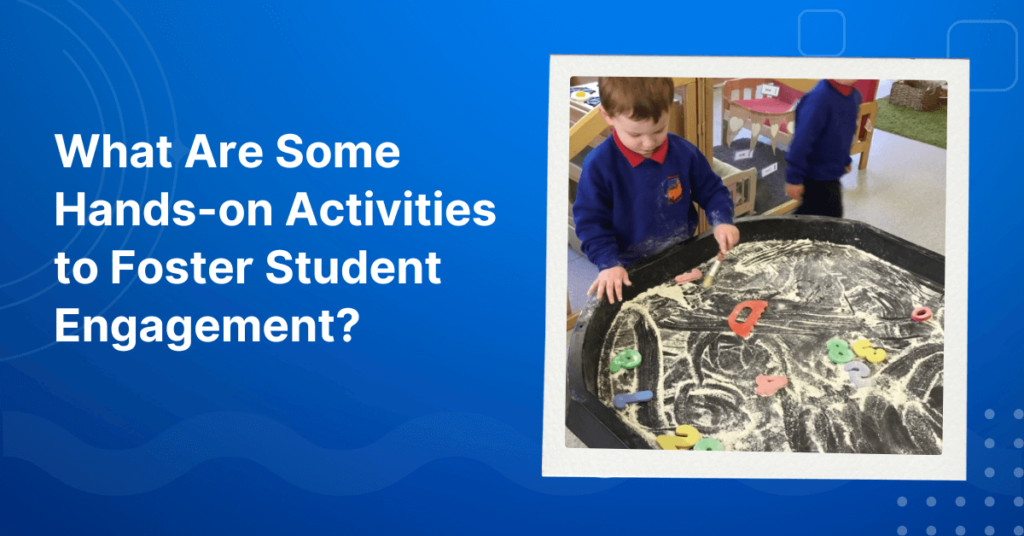
1. What is Hands-on Learning: A Complete Guide for Educators
Hands-on learning involves actively participating in tasks rather than passively receiving information. It emphasizes “learning by doing,” allowing students to engage their senses and apply theoretical knowledge to practical situations. This method fosters deeper understanding and encourages problem-solving, critical thinking, and creativity.
Key Benefits and Advantages:
- Enhanced retention: Students remember concepts better when they actively participate in their learning.
- Increased engagement: Hands-on activities keep students interested and focused.
- Skill development: These activities help improve fine motor skills, communication, and teamwork.
- Confidence building: Completing hands-on tasks boosts self-esteem and independence.
2. How to Choose the Right Hands-on Activities: 3 Essential Categories
2.1. Why Sensory and Motor Activities Matter
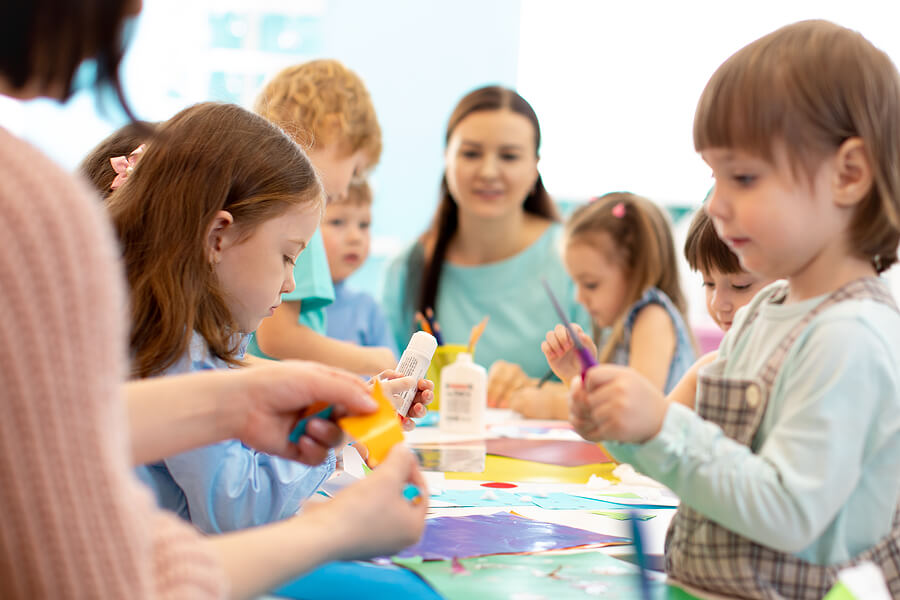
Hands-on activities that focus on sensory and motor development are essential for building foundational skills in children. These activities enhance physical coordination, sensory processing, and overall brain development.
Fine motor activities: Fine motor activities involve precise movements using small muscles, particularly in the hands and fingers. These tasks improve dexterity, hand-eye coordination, and attention to detail.
Examples:
- Beading: Stringing beads to make necklaces or bracelets.
- Cutting and pasting: Using scissors and glue for paper crafts.
- Tracing and coloring: Outlining shapes or filling in drawings to develop pencil grip.
- Building blocks or puzzles: Assembling pieces to form structures or solve challenges.
Benefits:
- Prepares students for writing and other academic tasks.
- Encourages patience and focus.
- Strengthens problem-solving abilities through pattern recognition.
Gross motor activities: Gross motor activities target larger muscle groups, promoting physical strength, balance, and coordination. These activities often involve whole-body movement and are ideal for high-energy learners.
Examples:
- Obstacle courses: Navigating through tunnels, climbing, jumping, or balancing on beams.
- Ball games: Kicking, catching, or throwing to develop spatial awareness.
- Dancing and movement games: Following music or instructions to perform specific actions.
- Yoga for kids: Practicing simple poses to improve flexibility and posture.
Benefits:
- Enhances physical health and fitness.
- Improves coordination and reflexes.
- Provides an outlet for energy and helps maintain focus in class.
- Incorporating Sensory Exploration
- Sensory activities engage the five senses, helping children process and respond to their environment effectively.
Discover Related Guides: The ABC Model of Classroom Management: A Complete Guide for Teachers
2.2. How to Boost Learning Through Creative and Artistic Activities
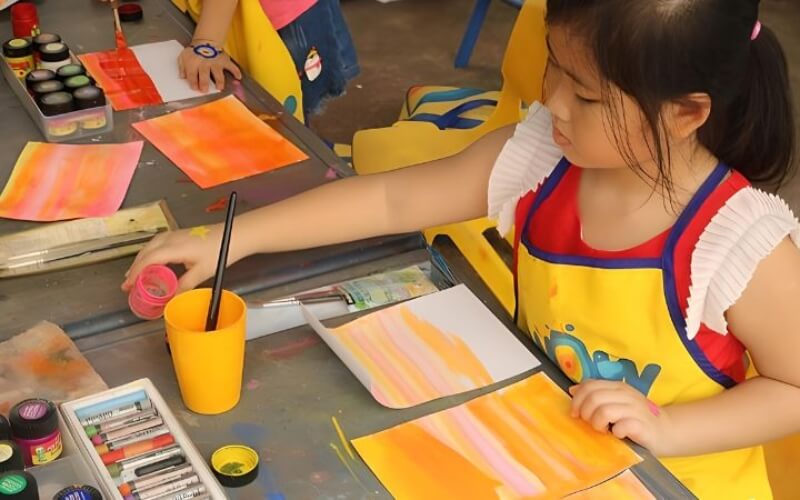
Creative and artistic hands-on activities allow students to explore their imagination, express their feelings, and develop problem-solving skills in unique and engaging ways. These activities are not only fun but also help in enhancing motor skills, cognitive abilities, and emotional intelligence.
Arts and crafts: Arts and crafts activities are perfect for fostering creativity while improving fine motor skills.
Examples:
- Painting: Using watercolors, acrylics, or finger paints to create imaginative designs.
- Sculpting: Molding clay or playdough to craft shapes, figures, or objects.
- Collages: Cutting and pasting materials like paper, fabric, or leaves to form visual artworks.
- DIY projects: Creating handmade cards, jewelry, or decorations.
Benefits:
- Encourages self-expression and individuality.
- Improves focus and patience through detailed tasks.
Dramatic arts: Dramatic arts engage students in storytelling and role-playing, which builds communication and social skills.
Examples:
- Role-Playing games: Acting as characters in historical or fictional settings to bring stories to life.
- Puppet shows: Creating and performing skits using hand-made puppets.
- Improvisation: Coming up with scenes or dialogues on the spot to spark creativity.
- Costume creation: Designing outfits for plays or performances.
Benefits:
- Enhances teamwork and collaboration during group performances.
- Boosts confidence by performing in front of an audience.
- Develops empathy by stepping into another character’s perspective.
2.3. Which Cognitive Activities Best Support Educational Growth?
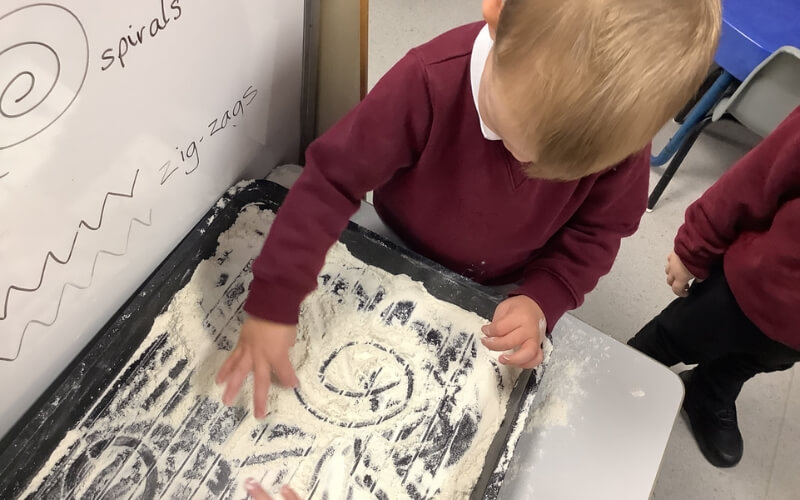
Educational and cognitive activities are essential for fostering intellectual growth in children. These hands-on experiences engage students in problem-solving, critical thinking, and applying knowledge in practical situations. Below are key areas where hands-on activities support cognitive development.
Language and Literacy: Hands-on activities in language and literacy help children develop reading, writing, listening, and speaking skills in a fun and interactive way. These activities can strengthen vocabulary, comprehension, and communication abilities.
Examples:
- Storytelling and puppet shows: Students create and perform stories using puppets or props.
- Word sorting games: Sorting letters, words, or pictures into categories based on sounds or themes.
- Letter tracing with sand or flour: Writing letters in a tactile manner helps reinforce letter formation.
- Bookmaking: Children create their own books with drawings and simple text to practice writing.
Benefits:
- Enhances language skills through active engagement.
- Encourages creativity in storytelling and expression.
- Improves memory and recall by associating words with actions or images.
Mathematics and Logic: Hands-on activities in mathematics and logic encourage children to apply mathematical concepts through real-world examples and practical exercises. These activities help children grasp abstract concepts in a concrete and tangible way.
Examples:
- Building shapes with blocks: Creating geometric shapes and structures to understand spatial relationships.
- Math bingo or board games: Using games to reinforce counting, addition, subtraction, or pattern recognition.
- Sorting and categorizing: Grouping objects by size, color, or quantity to understand patterns.
- Measuring with everyday items: Using cups or spoons to measure ingredients in cooking, reinforcing concepts like volume and weight.
Benefits:
- Develops problem-solving skills and logical thinking.
- Reinforces key concepts such as counting, sorting, and patterns.
- Engages children in practical applications of math, making it more relatable and fun.
Science and Nature: Hands-on science activities give children the opportunity to explore the natural world, conduct experiments, and understand scientific concepts in a practical context. These activities encourage inquiry, observation, and experimentation.
Examples:
- Growing plants or seeds: Planting seeds and observing their growth teaches children about the life cycle and environmental science.
- Water play and floating/sinking activities: Exploring properties of water through activities like floating objects or building small boats.
- Simple chemical reactions: Conducting safe experiments like mixing baking soda and vinegar to observe reactions.
- Exploring nature walks: Collecting leaves, rocks, or flowers during walks and discussing their properties.
Benefits:
- Encourages curiosity and scientific inquiry.
- Enhances observation and critical thinking skills.
- Helps children make connections between science and the world around them.
Explore More Teaching Tips: How to Assess Students Without Tests: 6 Effective Evaluation Methods
3. When to Use Hands-on Activities: 4 Proven Implementation Strategies
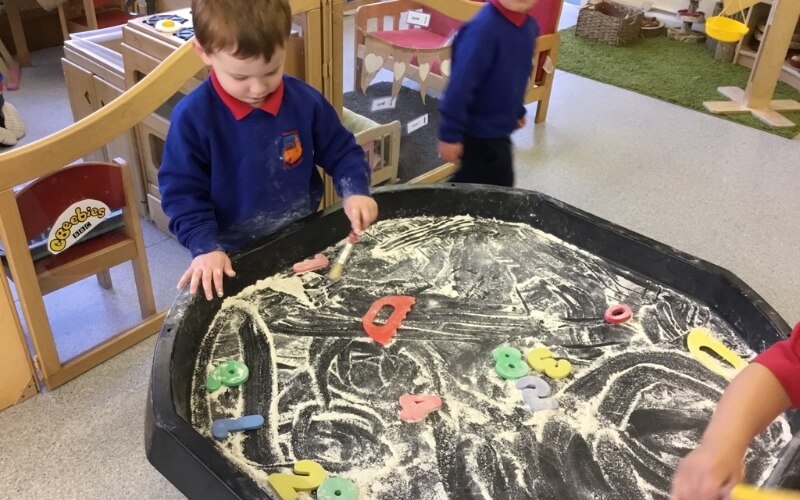
- Age-appropriate activity selection: Choose activities suitable for the students’ developmental stages. Younger children may enjoy tactile tasks like finger painting, while older students might prefer building models or conducting experiments.
- Safety considerations: Always ensure the materials and tools used are age-appropriate and safe. Supervise activities involving sharp tools, small objects, or chemicals.
- Materials and preparation
- Use readily available and cost-effective materials. For example, recycled items can be great for crafts.
- Prepare all materials in advance to ensure smooth execution of the activity.
- Assessment and adaptation techniques: Observe how students interact with the activities to gauge their understanding and engagement.
4. Some Questions About Hands-on Learning Answered
What counts as a hands-on activity?
A hands-on activity involves actively using materials to learn, explore, or create something tangible. For example, assembling a puzzle, constructing a volcano model, or baking cookies are all hands-on activities.
What is an example of hands-on practice?
An example of hands-on practice is conducting a science experiment to understand chemical reactions. Instead of merely reading about reactions, students mix vinegar and baking soda to witness and analyze the process directly.
Explore More: Teacher Strengths and Weaknesses: How to Answer?
In conclusion, hands-on activities are an excellent way to support learning and development across various subjects. Whether it’s through creative arts, sensory experiences, or educational games, these activities allow students to engage deeply with the material. So, when planning your next lesson, consider incorporating some of these hands-on activities to create a more interactive and enriching learning environment.






